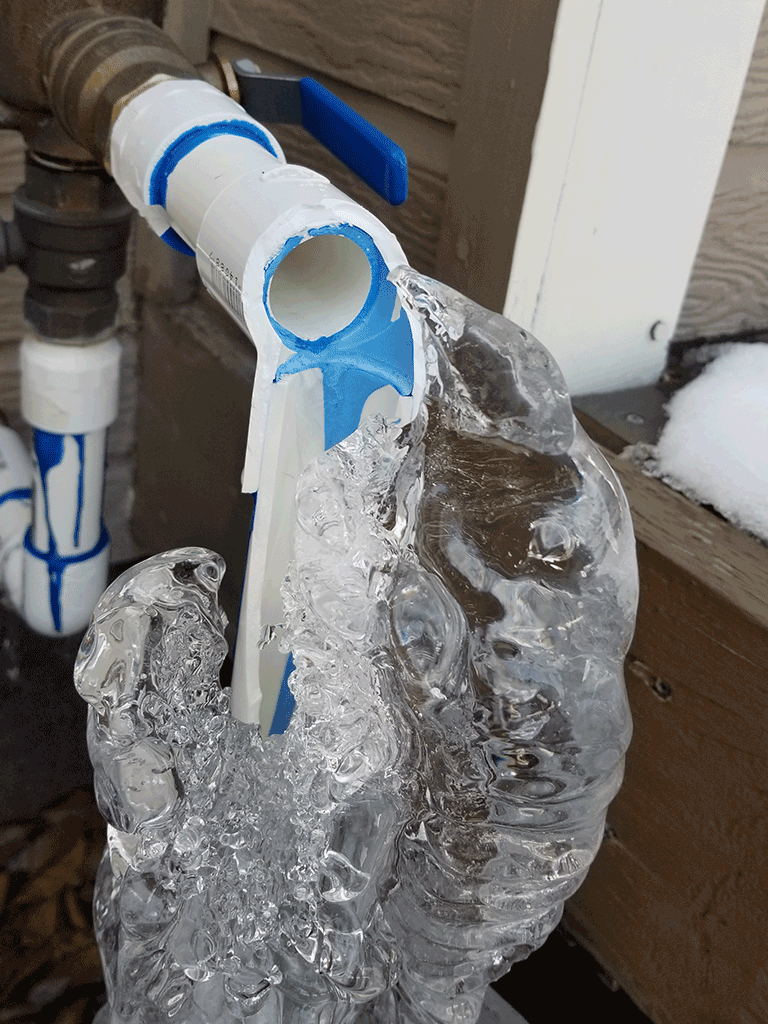Ways to Prevent Frozen Plumbing in Winter: Pro Tips
Ways to Prevent Frozen Plumbing in Winter: Pro Tips
Blog Article
We've noticed this article about How to prepare your home plumbing for winter weather down the page on the internet and figured it made perfect sense to discuss it with you on this site.

Cold weather can wreak havoc on your plumbing, especially by freezing pipelines. Here's how to stop it from occurring and what to do if it does.
Intro
As temperatures decline, the threat of icy pipes rises, possibly leading to pricey fixings and water damages. Understanding how to avoid icy pipelines is crucial for home owners in chilly climates.
Avoidance Tips
Protecting vulnerable pipelines
Wrap pipelines in insulation sleeves or make use of heat tape to secure them from freezing temperatures. Concentrate on pipes in unheated or exterior locations of the home.
Home heating techniques
Maintain interior rooms adequately heated, specifically areas with pipes. Open cabinet doors to allow cozy air to circulate around pipelines under sinks.
Just how to determine frozen pipelines
Look for lowered water flow from faucets, unusual smells or noises from pipelines, and visible frost on subjected pipes.
Long-Term Solutions
Structural adjustments
Consider rerouting pipelines away from exterior walls or unheated locations. Add added insulation to attic rooms, basements, and crawl spaces.
Updating insulation
Invest in top notch insulation for pipes, attic rooms, and wall surfaces. Appropriate insulation aids preserve consistent temperatures and reduces the threat of frozen pipes.
Shielding Exterior Pipes
Garden hose pipes and outside faucets
Disconnect and drain pipes garden hoses before winter. Install frost-proof spigots or cover exterior taps with shielded caps.
Comprehending Icy Pipelines
What causes pipelines to freeze?
Pipelines ice up when exposed to temperature levels below 32 ° F (0 ° C) for prolonged periods. As water inside the pipes freezes, it broadens, putting pressure on the pipeline wall surfaces and possibly causing them to break.
Dangers and problems
Icy pipes can result in water system interruptions, residential property damages, and costly repairs. Burst pipes can flood homes and trigger considerable architectural damage.
Indications of Frozen Water Lines
Identifying icy pipes early can prevent them from rupturing.
What to Do If Your Pipelines Freeze
Immediate activities to take
If you presume icy pipelines, keep faucets open up to relieve pressure as the ice melts. Use a hairdryer or towels soaked in warm water to thaw pipes gradually.
Final thought
Preventing frozen pipelines needs aggressive steps and fast feedbacks. By comprehending the causes, indicators, and safety nets, property owners can safeguard their plumbing throughout cold weather.
5 Ways to Prevent Frozen Pipes
Drain Outdoor Faucets and Disconnect Hoses
First, close the shut-off valve that controls the flow of water in the pipe to your outdoor faucet. Then, head outside to disconnect and drain your hose and open the outdoor faucet to allow the water to completely drain out of the line. Turn off the faucet when done. Finally, head back to the shut-off valve and drain the remaining water inside the pipe into a bucket or container. Additionally, if you have a home irrigation system, you should consider hiring an expert to clear the system of water each year.
Insulate Pipes
One of the best and most cost-effective methods for preventing frozen water pipes is to wrap your pipes with insulation. This is especially important for areas in your home that aren’t exposed to heat, such as an attic. We suggest using foam sleeves, which can typically be found at your local hardware store.
Keep Heat Running at 65
Your pipes are located inside your walls, and the temperature there is much colder than the rest of the house. To prevent your pipes from freezing, The Insurance Information Institute suggests that you keep your home heated to at least 65 degrees, even when traveling. You may want to invest in smart devices that can keep an eye on the temperature in your home while you’re away.
Leave Water Dripping
Moving water — even a small trickle — can prevent ice from forming inside your pipes. When freezing temps are imminent, start a drip of water from all faucets that serve exposed pipes. Leaving a few faucets running will also help relieve pressure inside the pipes and help prevent a rupture if the water inside freezes.
Open Cupboard Doors
Warm your kitchen and bathroom pipes by opening cupboards and vanities. You should also leave your interior doors ajar to help warm air circulate evenly throughout your home.

As an enthusiastic person who reads about Helpful Tips to Prevent Frozen Pipes this Winter, I figured sharing that piece of writing was smart. Sharing is good. Who knows, you may be doing someone a favor. We appreciate reading our article about Winter Plumbing Precautions: Preventing Frozen Pipes.
Visit Site Report this page